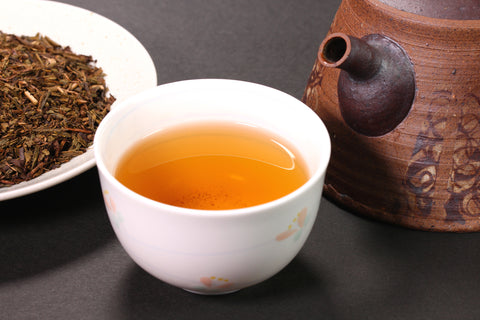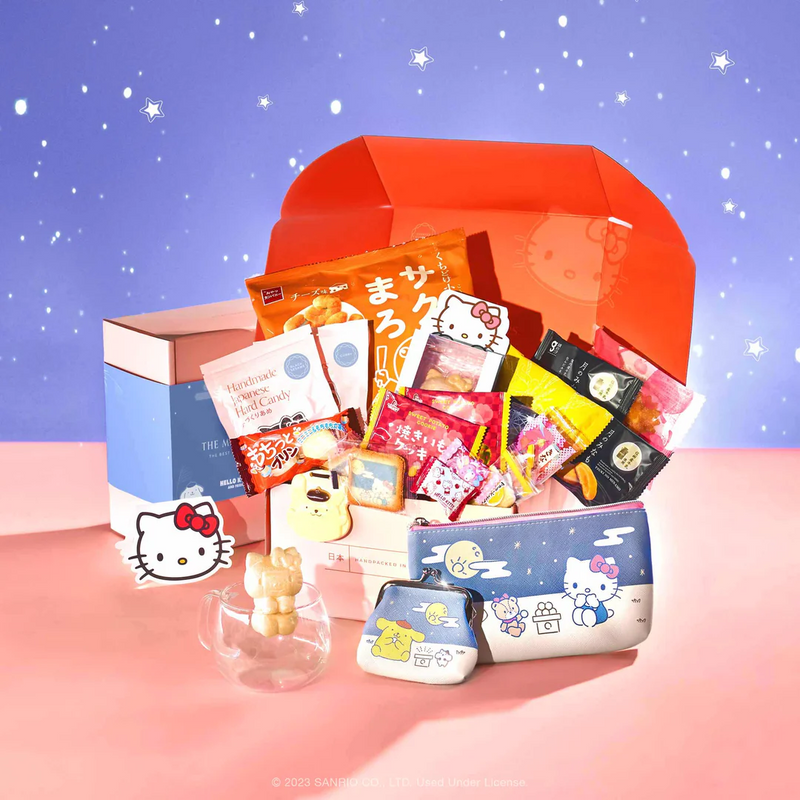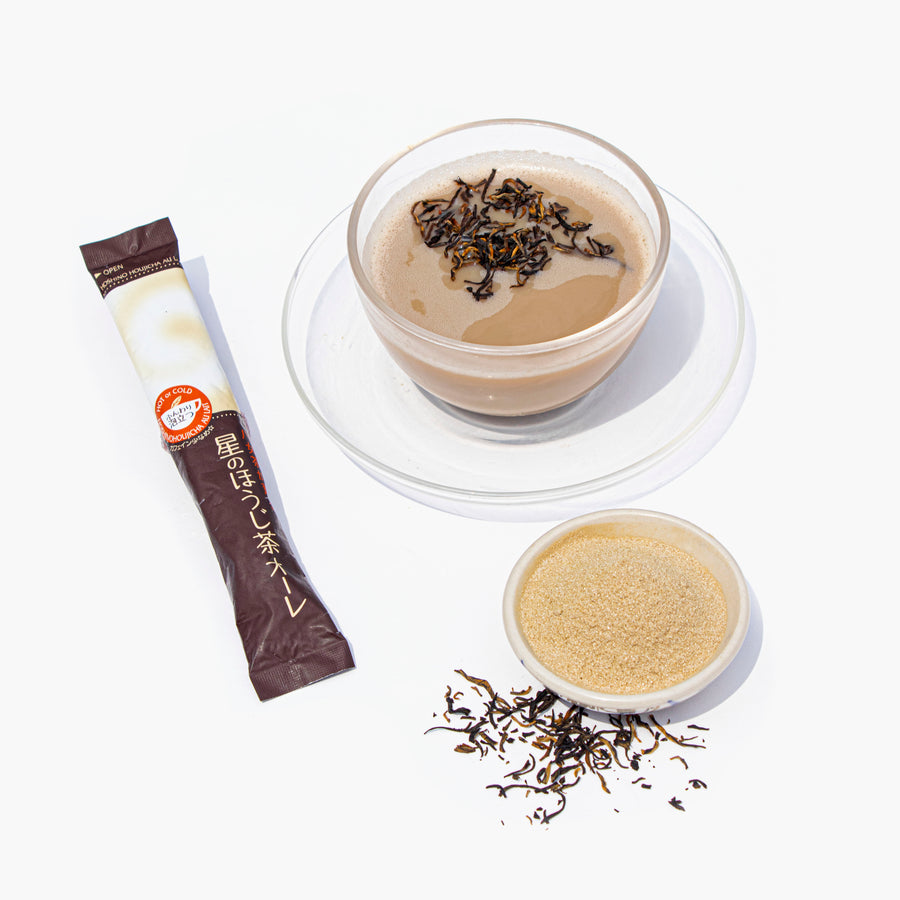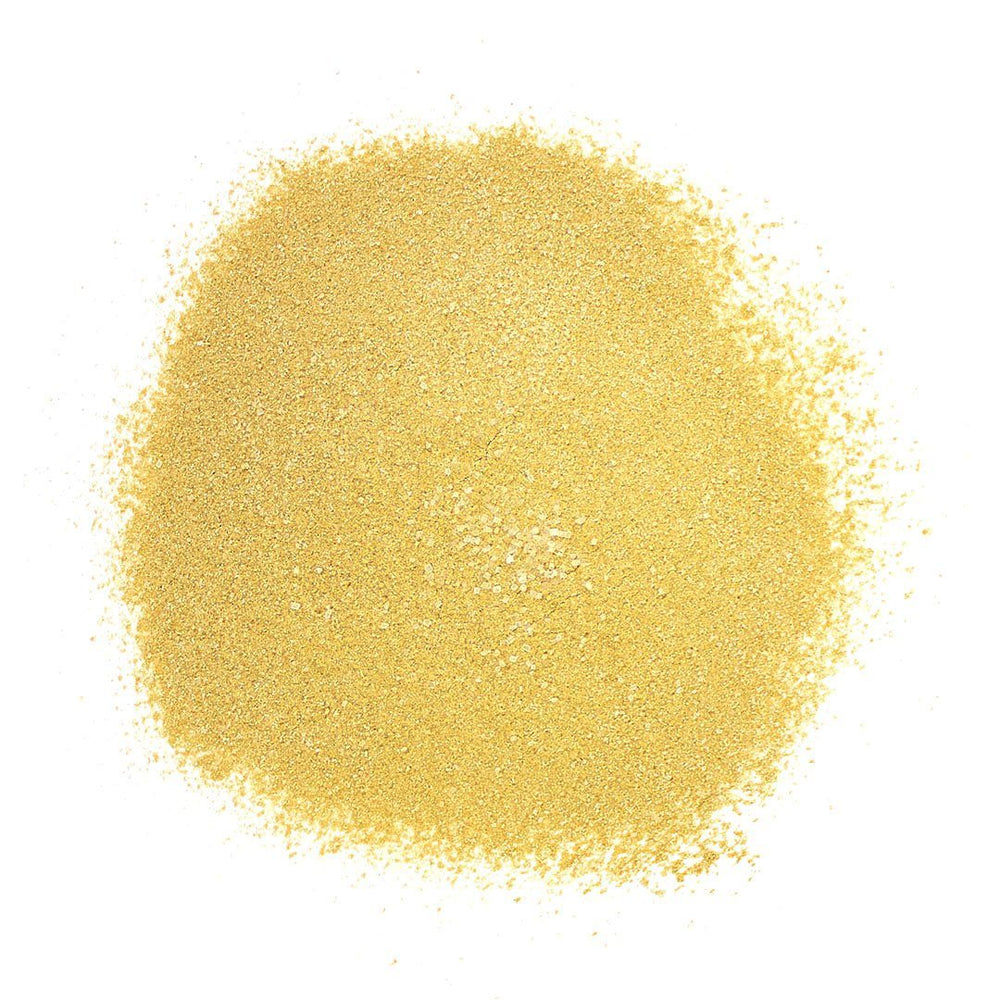What Is Hojicha Tea? A Guide to Its Flavor, Benefits, and More
While you’ve likely heard of matcha and maybe even sencha tea, you may not know much about Hojicha tea leaving you wondering, "What is Hojicha?”. Hojicha is a type of green tea that is roasted after the leaves are steamed (instead of being steamed and dried like other Japanese teas).
This roasting process gives it a golden appearance (versus the typical green hue of other green teas). Roasting green tea leaves alters the taste of Hojicha (also known as Houjicha). This unique flavor, combined with roasting the leaves in a porcelain pot over charcoal, helps differentiate Hojicha tea from other Japanese green tea varieties.
What Is Hojicha vs. Matcha?

As mentioned, both Hojicha and matcha are green tea varieties typical of a Japanese diet. However, they differ in appearance, flavor, and method of preparation. When purchasing matcha, you’ll always find it in a fine powder form versus Hojicha, which is sold in the typical tea leaf format.
Matcha is known for its bitter, nutty flavor, while Hojicha has a smoky, slightly sweet taste. You can make a cup of Hojicha tea by brewing the leaves as you would typical tea. Matcha requires the powder to be whisked into hot water or milk.
What Does Hojicha Taste Like?

One of the first questions that pop into most people's heads when learning about Hojicha is, “What does Hojicha taste like?”. By roasting the leaves, it helps remove the bitter flavor that is typically associated with green tea. In its place, you’ll find a delicious smoky, earthy taste. Roasting the leaves also helps bring out the tea’s natural sweetness.
Ways to Enjoy Traditional Hojicha
You can brew Hojicha differently to create various Japanese drinks like most teas. One of the most common ways to prepare this tea is by brewing it in a teapot, straining it, and enjoying it as part of a tea & cookie pair or alongside Japanese snacks.
Like matcha tea, you can also create an iced version of Hojicha to enjoy on hot days. Or, you can purchase powdered Hojicha tea for hot/iced tea lattes.
How to Separate Good Hojicha From the Bad Hojicha

It’s worth finding good quality Hojicha tea, as it will have a more decadent, complex taste than lower quality options. One primary way to find better Hojicha is by its aroma, which should have a smoky, umami scent.
Another great way to know if you're sourcing good Hojicha tea is the color. It should be a reddish-brown hue. If your Hojicha leaves look dark or black, they were likely burned during roasting and should be avoided.
Where the Hojicha tea (and tea plant) comes from is also important. The best quality of Hojicha comes from Kyoto since it originated in that area around 100 years ago. Of course, other areas produce good-quality tea. However, it's a good sign if it comes from this city.
How to Find Good Hojicha No Matter Where You Live
The best way to find good Hojicha is by shopping for it in person, which allows you to taste, smell, and look at the tea before purchasing it. Of course, not all areas have Hojicha tea available in person. So, finding good-quality roasted tea is possible through reputable websites. A good quality indicator is the creation process, origin, and reviews of previous customers.
Hojicha Tea Benefits
Drinking Hojicha has many potential health benefits, ranging from stress relief to aiding digestion. Below, you'll find a few Hojicha tea benefits that may make you want to drink Hojicha even more.

Helps Relieve Stress
This roasted green tea is a great way to wind down after a stressful work day. Drinking tea has a calming effect, as it features a pleasant aroma and comforting warmth. Hojicha also has L-Theanine, an amino acid that has been connected to the lessening of stress and anxiety.
Aids in Digestion
This particular green tea contains more soluble fiber than other tea, which has been shown to help digestion. Soluble fiber easily moves through your digestive system, helping move other food along.
Boosts Skin Health
As with other Japanese green teas, Hojicha is a good source of vitamin C. Ingesting vitamin C has many benefits, including reducing dryness and hydrating your skin. It can also help promote collagen in your skin, which provides a more supple appearance.
Great for Heart Health
This tea has catechins present, a naturally occurring antioxidant that can help lower blood pressure and cholesterol. By potentially decreasing both, it can help boost heart health.
Helps Keep the Immune System Up
You’ll find many vitamins and polyphenols in Hojicha tea that work together to help keep your immune system working well. Vitamins A, C, and E are all present in this tea and have been shown to help protect against the common cold and aid those with compromised immune systems.
How Much Caffeine Is in Hojicha Green Tea?
Hojicha green tea has about 7.7mg of caffeine per 250ml cup. It is considered the lowest amount of caffeine for a green tea, making it a top choice for those who want to enjoy the flavor but are sensitive to caffeine.
How to Make Hojicha Powder From Tea Leaves
If you can’t find Hojicha powder in your local store, you’re in luck. It only takes a few moments to take Hojicha tea leaves and turn them into powder form. Simply grind the Hojicha leaves in a spice grinder until they form a fine powder. You can also use a coffee grinder first, then a mortar and pestle to create a finer consistency.
Tips + Tricks for Making Hojicha Tea

These tips and tricks will help you make excellent cups of Hojicha every time!
- Sift Hojicha powder before brewing to ensure you avoid clumps.
- Use a bamboo whisk with the powdered version and hot water to create a delicious, foamy consistency. Use this foamy Hojicha to create iced or hot lattes.
- Cool the water to about 203°F when brewing Hojicha leaves for the best flavor and aroma.
- Measure out one tablespoon of dry tea leaves per cup you plan on drinking. Otherwise, the flavor may be too subtle or strong.
Now that you can answer the question, "What is Hojicha?" remember to pair your Japanese tea with tasty treats! Try a Japanese subscription box if you need help determining which snack items to pair with brewed Hojicha. This subscription allows you to taste sweet and salty snack options to help you figure out which pairings work best with Hojicha.
Featured Blog Products
Author Bio







 Bokksu Snack Box
Bokksu Snack Box



























